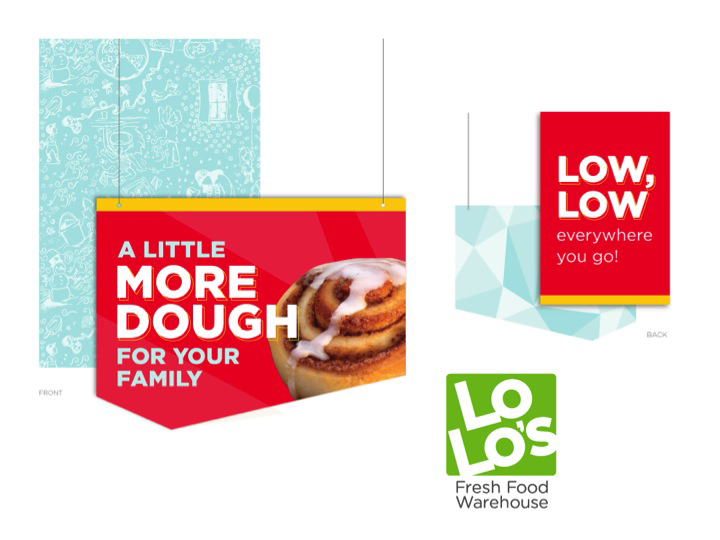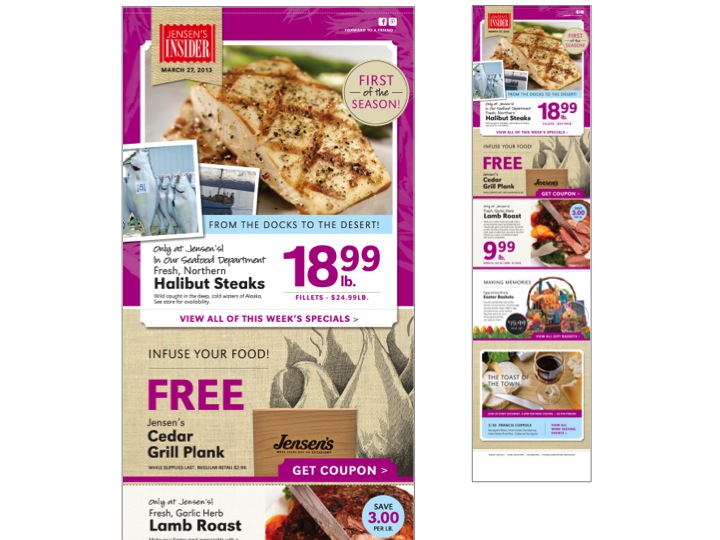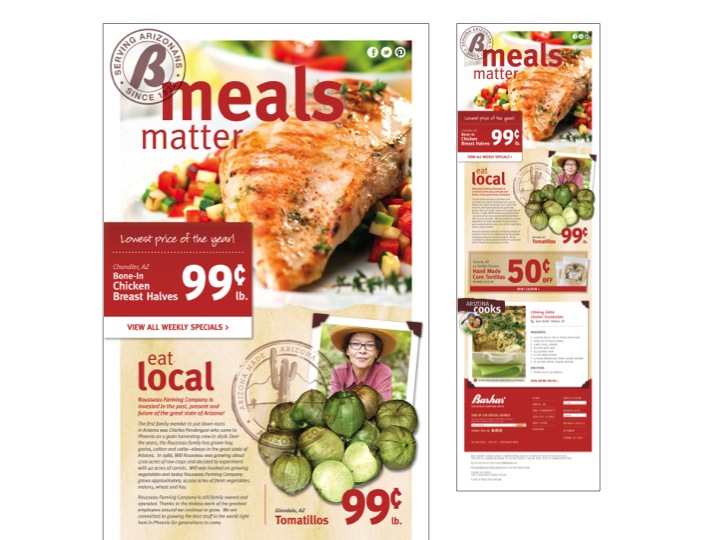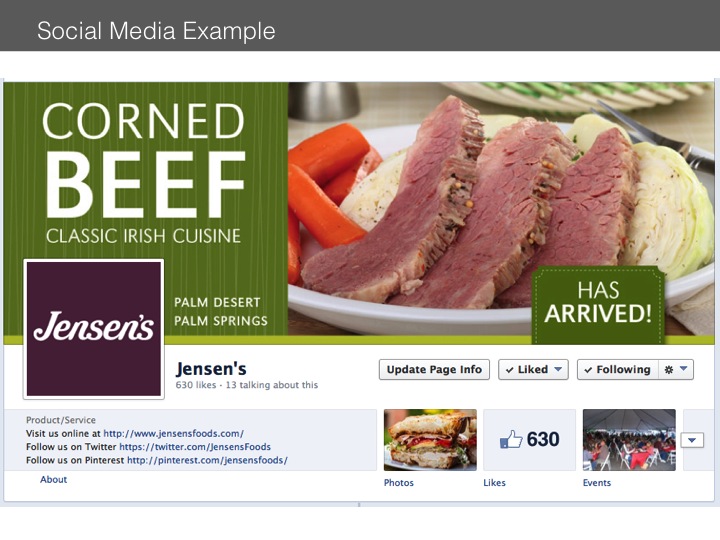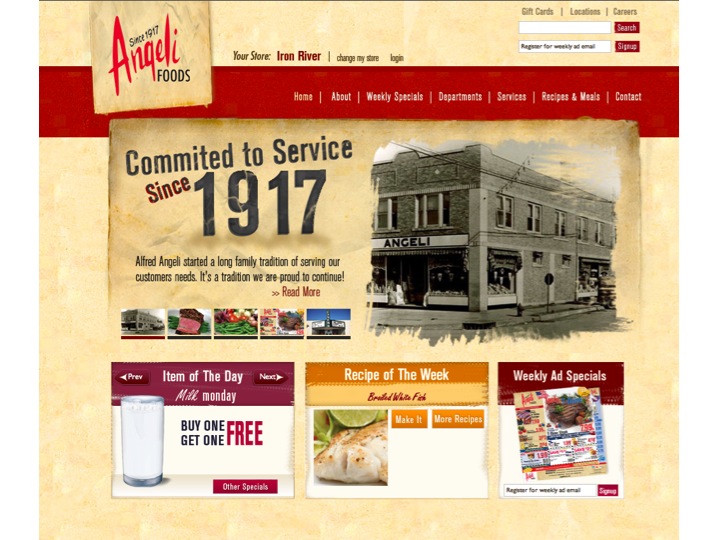Company Blog
Shrink
by Adam Zack — June 12, 2019

Now 20% smaller!
Almost anyone in the grocery business knows what shrink is. Not to be confused with Seinfeld era “I was in the pool!” shrinkage or Honey, I Shrunk the Kids!, shrink are products that we pay for and for some reason do not get paid for. It’s foods that go out of date and get thrown in the trash or donated. It’s things that are shoplifted and internally stolen. It’s items that we are charged for on an invoice but we magically do not receive. Like getting charged for 50 pounds of salmon and only receiving 48. It’s a cashier charging for a regular cucumber when the customer actually bought an organic one. It’s a butcher not trimming meat correctly or a baker that burns a batch of cookies.
Since we are dealing with so many perishable items, and so many items in general, shrink in the grocery business is notoriously higher that most of the retail sector. Over double that of other retail business, according to a 2013 study by the University of Florida. The best retailers track it and review it regularly. In a business where 2% to 5% net profit is considered pretty darn good, reducing shrink from the industry average of 2.5% to 2% increases profit 20%. It all drops to the bottom line. So I was thinking, pondering actually, how some companies increase profit by actually shrinking their products. The toilet paper is getting narrower, even though our asses aren’t. Haagen Dazs ice cream goes from 16 ounces to 14 ounces. Newspapers (what are those??) size is smaller and the amount of potatoes in your bag of Lay’s is less. They are all industry methods to offset the pressure to maintain profits. I, for one, think those kinds of tactics are deceptive. They are never announced (Now 20% smaller!”) but they are part of the equation that helps manage profits.
Read More – The Process
Filed Under: Company Blog












